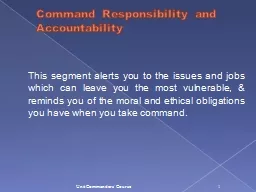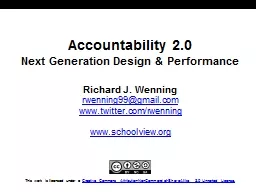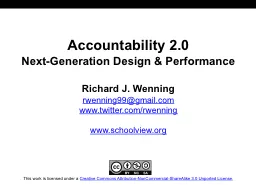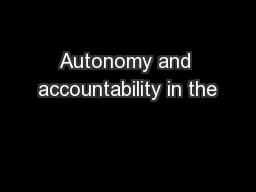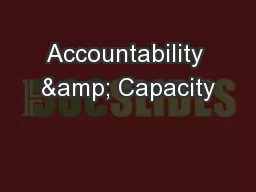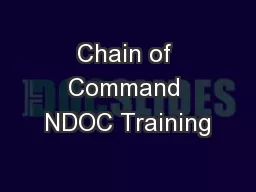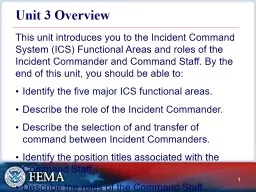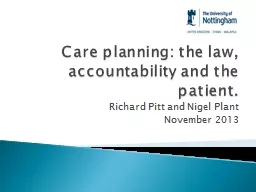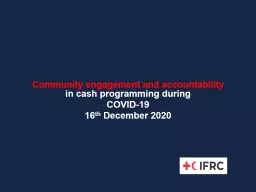PPT-Command Responsibility and Accountability
Author : cheryl-pisano | Published Date : 2016-09-18
This segment alerts you to the issues and jobs which can leave you the most vulnerable amp reminds you of the moral and ethical obligations you have when you take
Presentation Embed Code
Download Presentation
Download Presentation The PPT/PDF document "Command Responsibility and Accountabilit..." is the property of its rightful owner. Permission is granted to download and print the materials on this website for personal, non-commercial use only, and to display it on your personal computer provided you do not modify the materials and that you retain all copyright notices contained in the materials. By downloading content from our website, you accept the terms of this agreement.
Command Responsibility and Accountability: Transcript
Download Rules Of Document
"Command Responsibility and Accountability"The content belongs to its owner. You may download and print it for personal use, without modification, and keep all copyright notices. By downloading, you agree to these terms.
Related Documents

